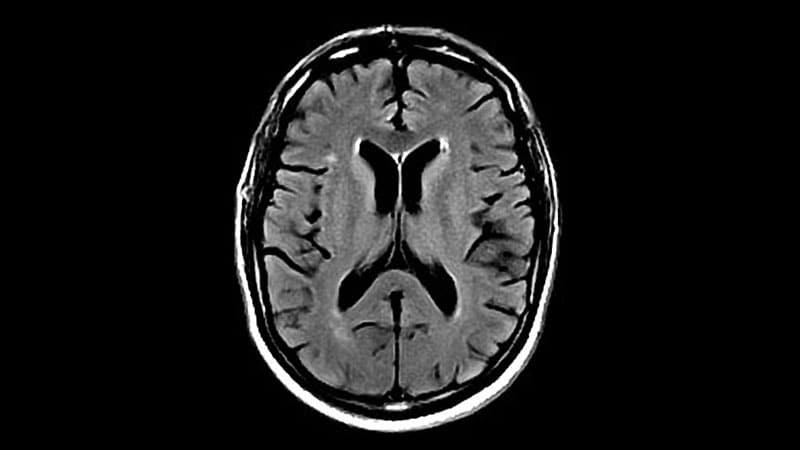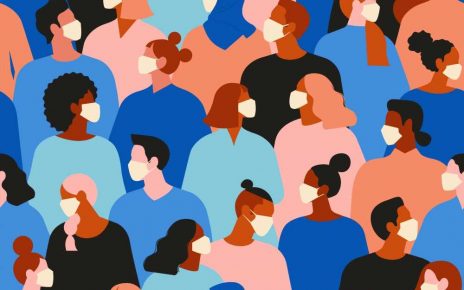The study covered in this summary was published on bioRxiv.org as a preprint and has not yet been peer reviewed.
Key Takeaways
-
Global brain health is worsened after stroke in direct correlation to amount of lesion damage and is associated with sensorimotor outcomes.
-
Imaging-based evaluations of global brain health, indexed as brain age, may improve prediction of post-stroke sensorimotor outcomes compared to using only focal injury measures.
Why This Matters
-
The authors present novel evidence that post-stroke sensorimotor outcomes are dependent on global brain health.
-
This study introduces novel therapeutic interventions that may moderate brain aging in stroke and other brain disorders.
-
Brain resilience calculated as brain predicted age difference (brain PAD) can give clinicians insight on cause for different outcomes for patients with similar focal injury.
Study Design
-
The study analyzed cross-sectional, high-resolution brain MRI and outcomes data from the ENIGMA Stroke Recovery Working Group of 963 stroke patients from 38 cohorts worldwide.
-
607 males and 356 females (median age, 61 years) in the overall cohort
-
Exclusion criteria included presence of a primary lesion reported in the posterior fossa, or bilateral lesions
-
-
The relationship between sensorimotor behavior, lesion damage, and brain age was calculated using various factors such as brain PAD, corticospinal tract lesion load (CTLL), age, sex, and total intracranial volume (ICV).
-
A mediation analysis was used to examine the impact of brain age and lesion damage on stroke outcomes.
-
The impact of brain resilience on sensorimotor outcome was assessed using regression with propensity score matching on lesion damage.
-
Stroke lesion damage was significantly associated with older brain age and poorer sensorimotor outcomes.
-
Chronic stroke, worse sensorimotor behavior, and age were significantly associated with higher brain PAD.
-
Females demonstrated worse sensorimotor behavior than males.
-
-
Brain-PAD mediated effect on cortical tract lesion load was most strongly in the ipsilesional hemisphere in patients with chronic stroke.
-
The cross-sectional nature of the data does not correlate with longitudinal data needed to measure the trajectory of brain aging following a stroke.
-
There are limitations to covariates that can be present across a large, multicenter, retrospective dataset.
-
The following authors declared funding support: AGB supported by Australian National Health and Medical Research Council (NHMRC) GNT1020526, GNT1045617(AB), GNT1094974, Brain Foundation, Wicking Trust, Collie Trust, Sidney and Fiona Myer Family Foundation, and Heart Foundation Future Leader Fellowship 100784, CMB by NIH R01NS090677; WDB by the Health Research Council of New Zealand; JMC by NIH R00 HD091375; ABC by NIH R01 NS076348, IIEP-2250-14; SCC by U01 NS120910, R01 HD095457, R01 NR015591; AND by Lone Star Stroke Research Consortium; NEB by Melbourne Research Fellowship; FG by Wellcome Trust (093957); LH by a Rubicon fellowship provided by The Dutch Research Council (NWO); TH by the German Research Foundation (DFG grants HA7070/2-2, HA7070/3, HA7070/4 to TH); BH by National Health and Medical Research Council (NHMRC) fellowship (GNT1125054); SAK by NIH P20 GM109040, 1IK6RX003075; MSK by National Health and Medical Research Council (NHMRC) grant (APP1020526); SLL by NIH R01 NS115845; BJM by Canadian Partnership for Stroke Recovery, Sandra E Black Centre for Brain Resilience & Recovery; MM by ICREA Academia program; FP by Italian Ministry of Health, Ricerca Corrente, RC 21, 22; KPR by NIH R01NS090677; LS by National Institute of Mental Health of the NIH (R01MH117601) and by a National Health and Medical Research Council (NHMRC) Career Development Fellowship (1140764); NS by NIH R56 NS100528; NJS by NIH/NICHD 1R01HD094731-01A1, VA RR&D I01 RX003066, U54-GM104941, P20GM109040; SRS by European Research Council (ERC) grant 759370; GS by Italian Ministry of Health, RC 18-19-20-21-22/A; CMS by Health Research Council of New Zealand; MT by NIH R01 NS110696; GT by Temple University sub-award of NIH R24 –NHLBI (Dr. Mickey Selzer) Center for Experimental Neurorehabilitation Training; PMT by NIH U54 EB020403; LTW by European Research Council under the European Union’s Horizon 2020 research and Innovation program (ERC StG, Grant 802998), the Research Council of Norway (298646, 300767), the South-Eastern Norway Regional Health Authority (2019101); CJW by Grants HD065438, NS100528; GFW by VA RR&D program, NSF, and serves on the Medical Advisory Board of Myomo, Inc., a manufacturer of rehabilitation-related equipment; SLW by VA SPiRE 1I21RX003581-01 GRANT#13039842; REGE19000049 NIH-NIDILRR RERC Program; NIH NICHD 1R01HD095975-01A1; NINDS U01 NS102353; NINDS U01 NINDS NS166655; NINDS1U10NS086607.
-
The following authors have disclosed competing interest: AGB received consultancy fees from Biogen Australia and Roche Australia for Scientific Advisory Board contributions; SCC serves as a consultant for AbbVie, Constant Therapeutics, BrainQ, Myomo, MicroTransponder, Neurolutions, Panaxium, NeuExcell, Elevian, and TRCare; JHC is a scientific advisor to and shareholder in Brain Key, Claritas HealthTech; BH holds a paid consultancy role for Recovery VR and has a clinical partnership with Fourier Intelligence; PMT received research support from Biogen, Inc., for research unrelated to this manuscript; GFW is on the Medical Advisory Board, Myomo, Inc; SLW is a consultant for Microtransponder, Inc., Enspire, Inc., and SAEBO.
Key Results
Limitations
Disclosures
This is a summary of a preprint research study, “Global brain health modulates the impact of lesion damage on post-stroke sensorimotor outcomes,” written by Sook-Lei Liew from the Stevens Neuroimaging and Informatics Institute at the University of Southern California, Los Angeles and colleagues on bioRxiv.org, provided to you by Medscape. This study has not yet been peer reviewed. The full text of the study can be found on bioRxiv.org.
For more news, follow Medscape on Facebook, Twitter, Instagram, YouTube, and LinkedIn
Source: Read Full Article



